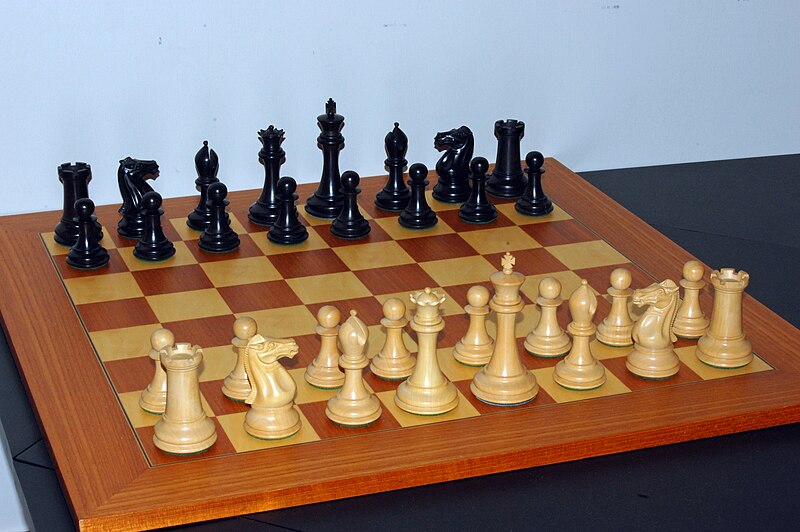This resulted in a low reading speed. Although I would register, remember and process everything I read, I was vulnerable to distractions and therefore needed to increase my reading speed. I divided this into two goals.
- At the comprehension level, I had to learn to comprehend sound impressions faster.
- At the registration level, I had to recieve the words faster.
 |
| Audiobooks come in many forms |
The second goal I approached in a somewhat unconventional manner. Based on a theory presented at the NKUL conference of 2010, I wanted to see if reading speed could be more of a mechanical phenomenon than one based in comprehension. If so, strengthening the muscles around the eyes, allowing them to move more quickly, would increase reading speed just like strengthening the muscles of an athlete would improve his efficiency.
 |
| Muscles around the eye. Notice how they are able to move the oculus diagonally as well as up-down, left-right |
Initially, I tried moving a pen ahead along each line of text but I soon found that I would automatically adapt the speed of the pen to that of the eyes. Abandoning this method, I changed tactics and started playing chess on the computer. I had previously seen great educational potential in games; first person shooters often improve the ability to make quick decisions while strategy games improves organisational and administrative skills. Chess is scientifically proven to be beneficial in all kinds of ways (see this collection of articles) and although its positive effect on reading speed has been noted by amongst others Drs. Albert Frank (1973) and Stuart Marguiles (1991), no clear link to mechanical eye movements was proven.
 |
| Initial layout of a chess game |
Once I started playing the computer, I noticed how the potential trajectories of the pieces, especially the rook, bishop and queen, would have my eyes moving in way that would train the relevant muscles. Additionally, the original layout with the players at opposite ends would facilitate the same response, given the necessity of constantly assessing and reassessing your and your opponent's changing positions.
 |
| Trajectories of the rook, the bishop and the queen |
After number of games, I noticed how my reading speed had increased. As these two methods seemed to give the desired effect, I still use it to improve further. The methods of course also have the added boon of being fun and entertaining as well as being beneficial in many other fields than just reading speed. This, of course make them efficient tools for education as well and I hope to be able to test them extensively at a later opportunity.
Sources as given
No comments:
Post a Comment